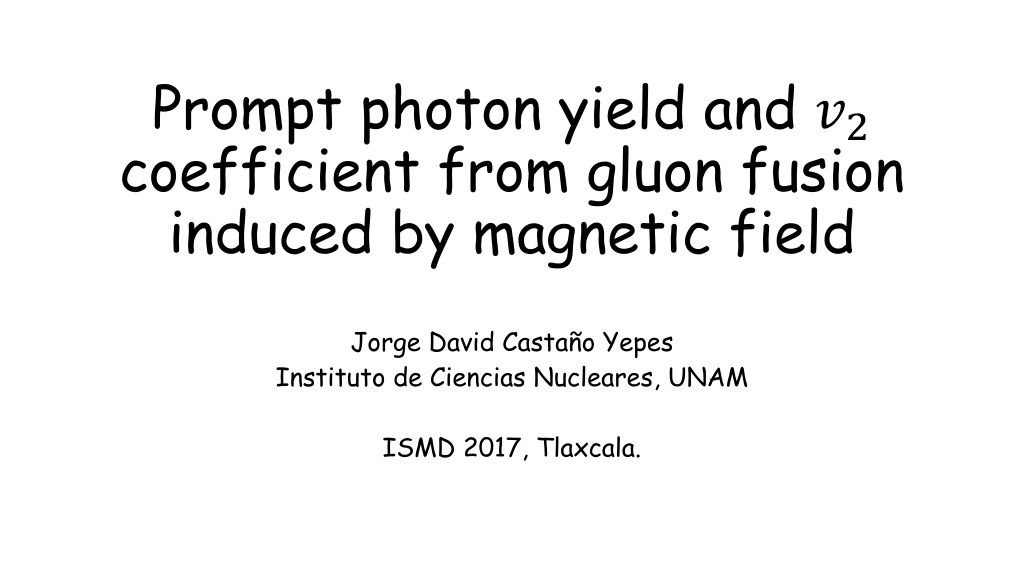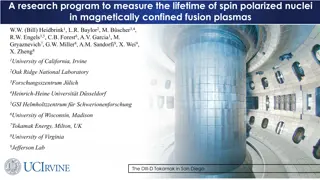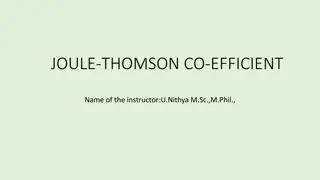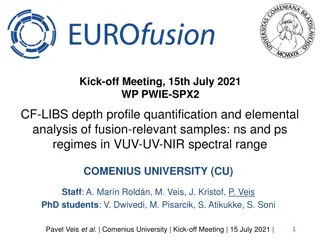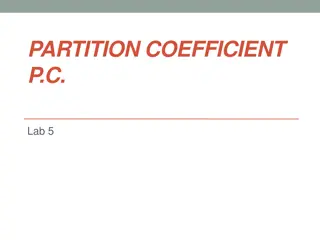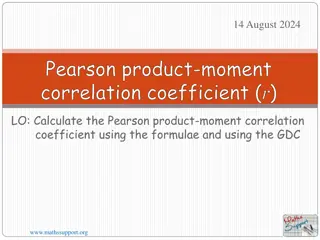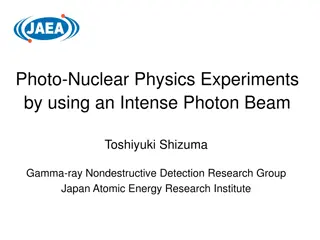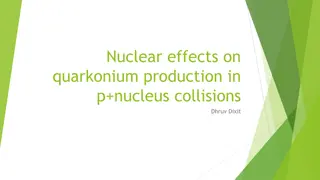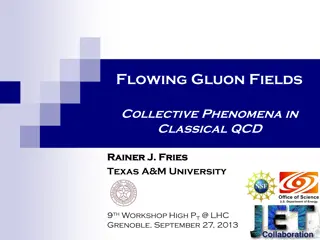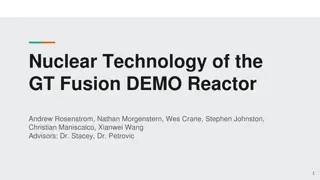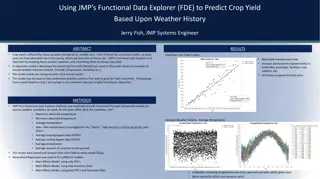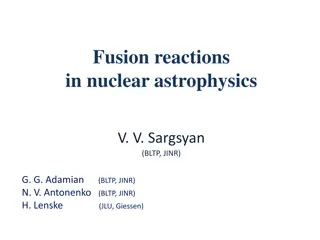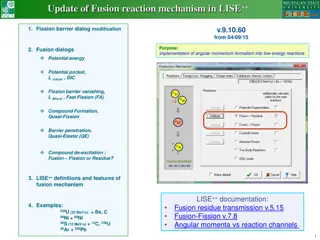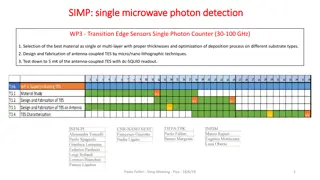Photon Yield and Coefficient Analysis in Gluon Fusion
Dive into the world of prompt photon yield and coefficient analysis from gluon fusion induced by magnetic fields. Explore the significance of magnetic fields in heavy-ion collisions and their role in photon production. Discover the insights provided by calculations on the yield and elliptic flow, shedding light on new channels for photon production in collision scenarios.
Download Presentation

Please find below an Image/Link to download the presentation.
The content on the website is provided AS IS for your information and personal use only. It may not be sold, licensed, or shared on other websites without obtaining consent from the author.If you encounter any issues during the download, it is possible that the publisher has removed the file from their server.
You are allowed to download the files provided on this website for personal or commercial use, subject to the condition that they are used lawfully. All files are the property of their respective owners.
The content on the website is provided AS IS for your information and personal use only. It may not be sold, licensed, or shared on other websites without obtaining consent from the author.
E N D
Presentation Transcript
Prompt photon yield and ?2 coefficient from gluon fusion induced by magnetic field Jorge David Casta o Yepes Instituto de Ciencias Nucleares, UNAM ISMD 2017, Tlaxcala.
Photons in Heavy-Ion Collisions [Credits: Chun Shen, McGill University]
Photon Excess [Jean-Fran ois Paquet et al. Phys. Rev. C 93, 044906 ]
Magnetic Fields in Heavy-Ion Collisions [Credits: Alberica Toia, University of Padua/INFN- CERN Courier] [V. Skokov et al. Int. J. Mod.Phys. A24 (2009) ] Source of photons in the early stages of the collision. Magnetic field breaks the spatial symmetry.
Gluon Fusion If ? = 0, ? = 0 (Furry s Theorem). If all the quarks are in the ???, ? = 0 (only parallel structures in the trace). Dominant contribution : 1 quark in the 1?? and 2 quarks in the ???.
Flow the sudden change in the pressure. Velocity: Accounts A complete descriptions needs to take in account the mediums dispersive (refraction index). ?
Conclusions We have shown that the magnetic field in the early stages of the collisions may be an important source of photons. The presence of intense magnetic fields open new channels for the photon production (gluon fusion) in heavy ions collisions. Our calculations provide a better description of the yield and the elliptic flow at the lowest end of the spectrum.
